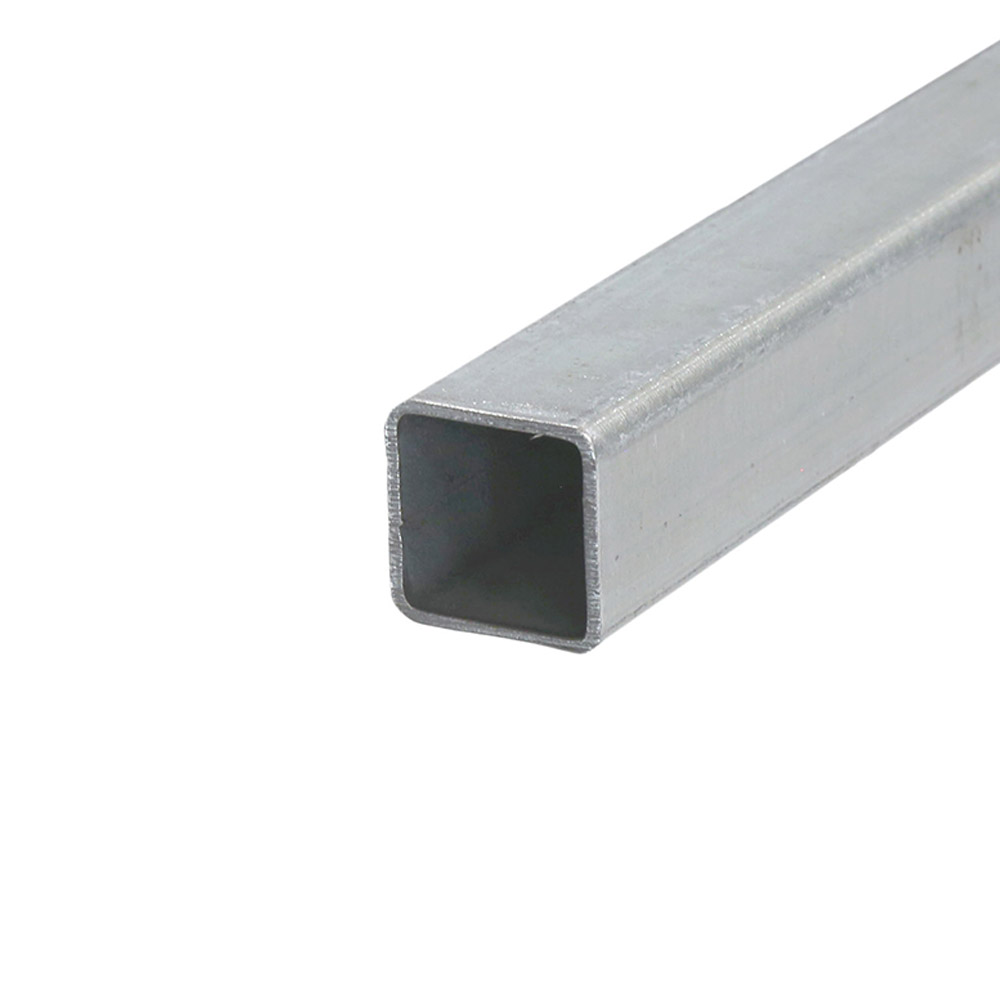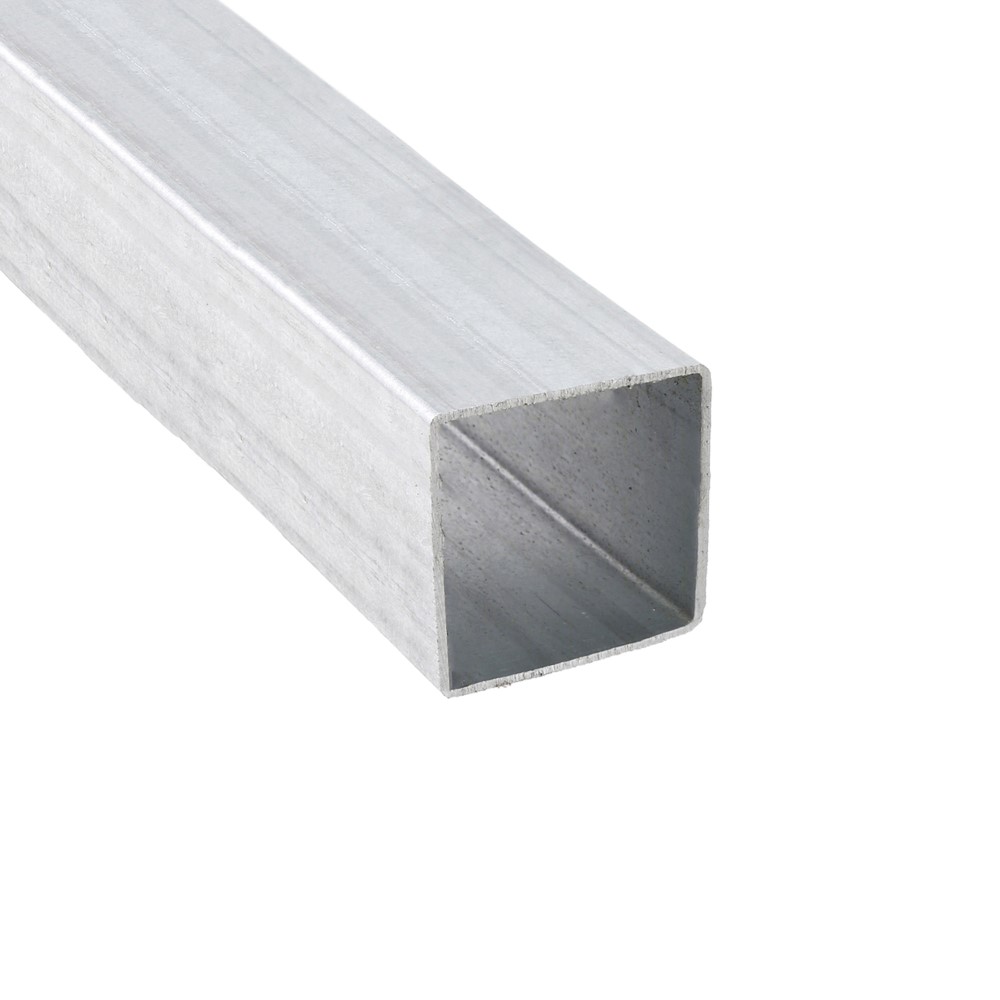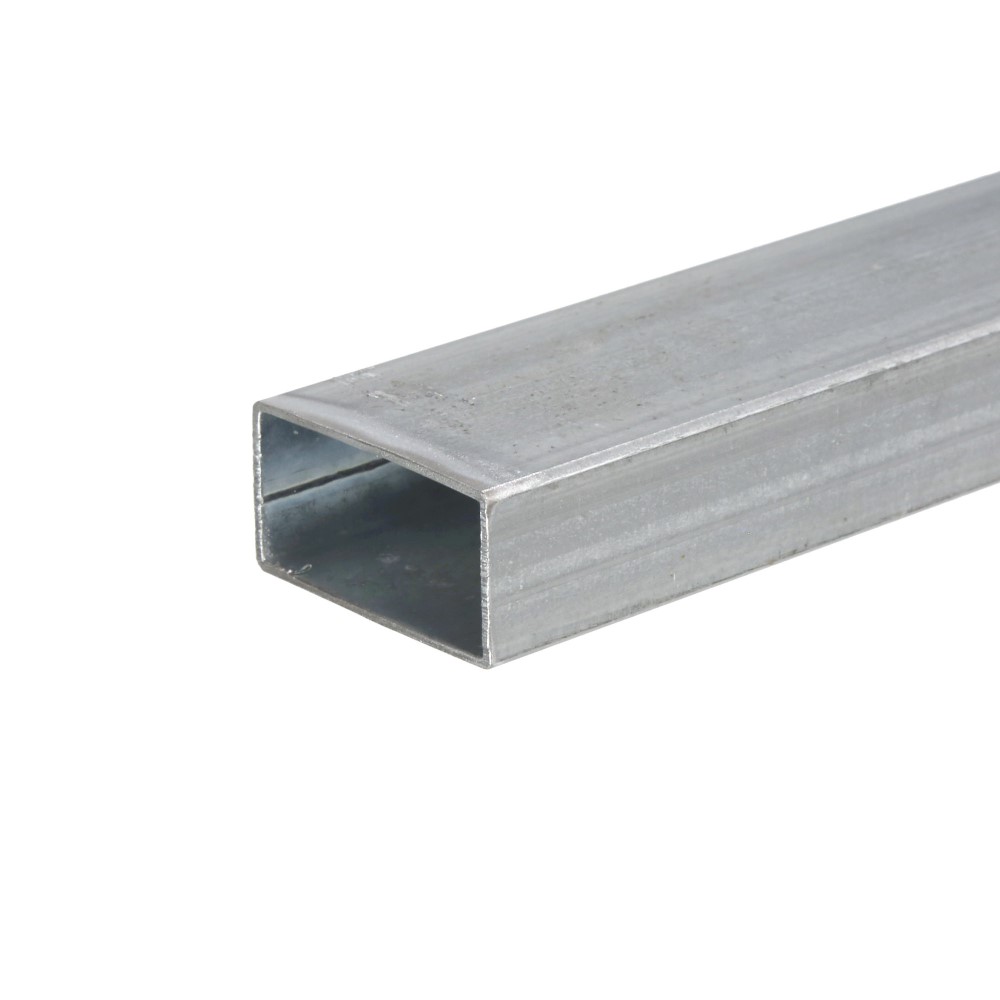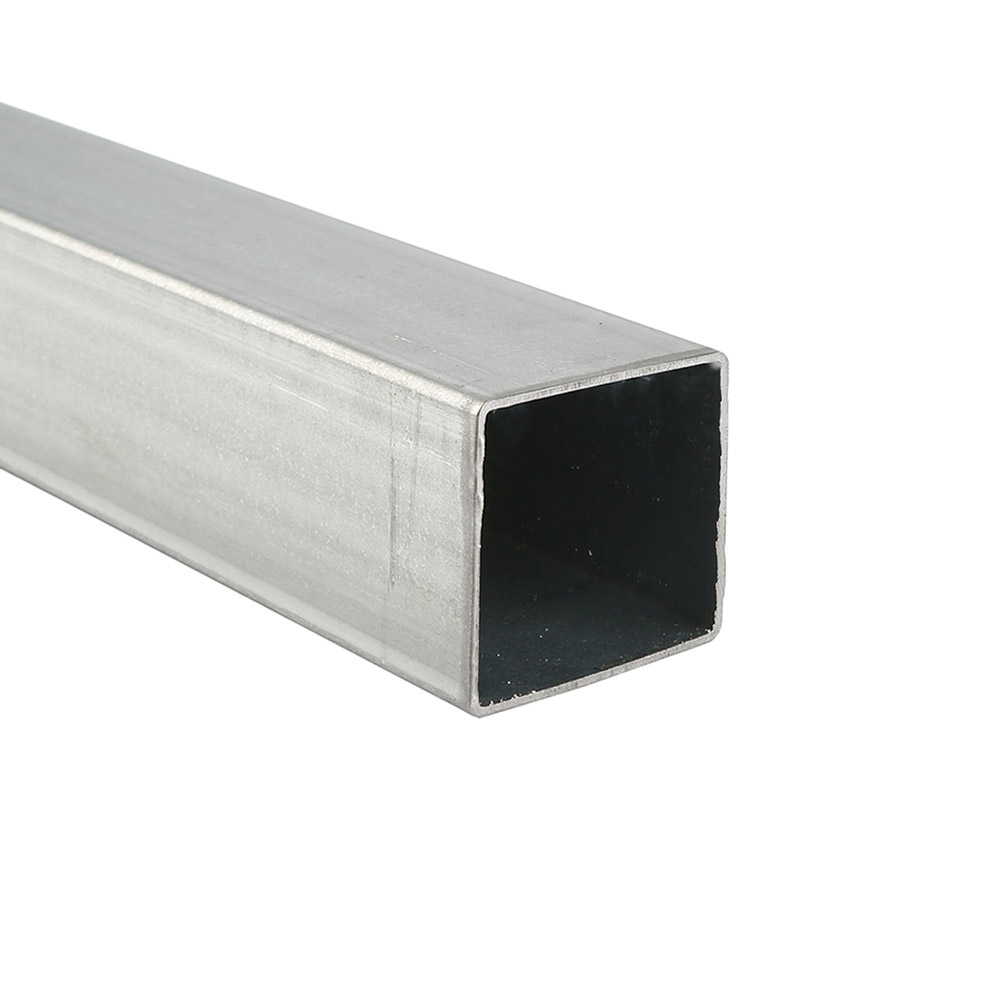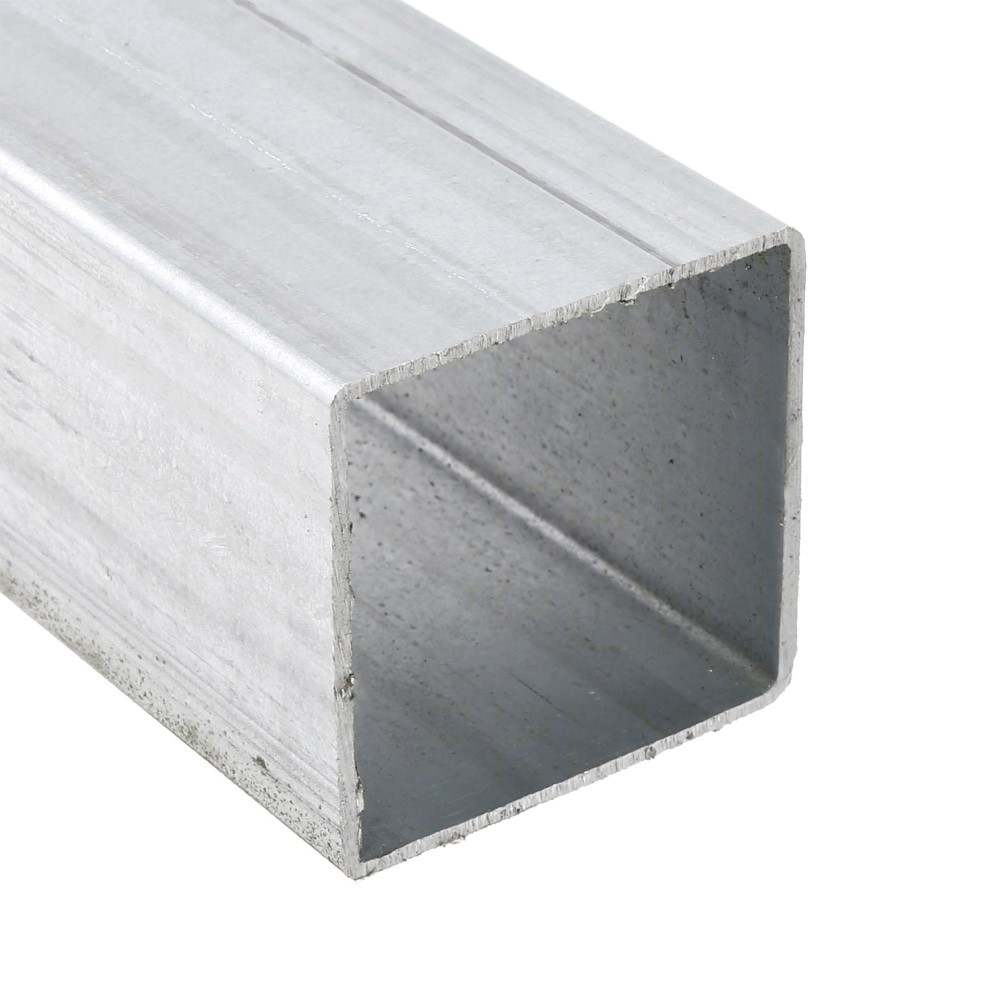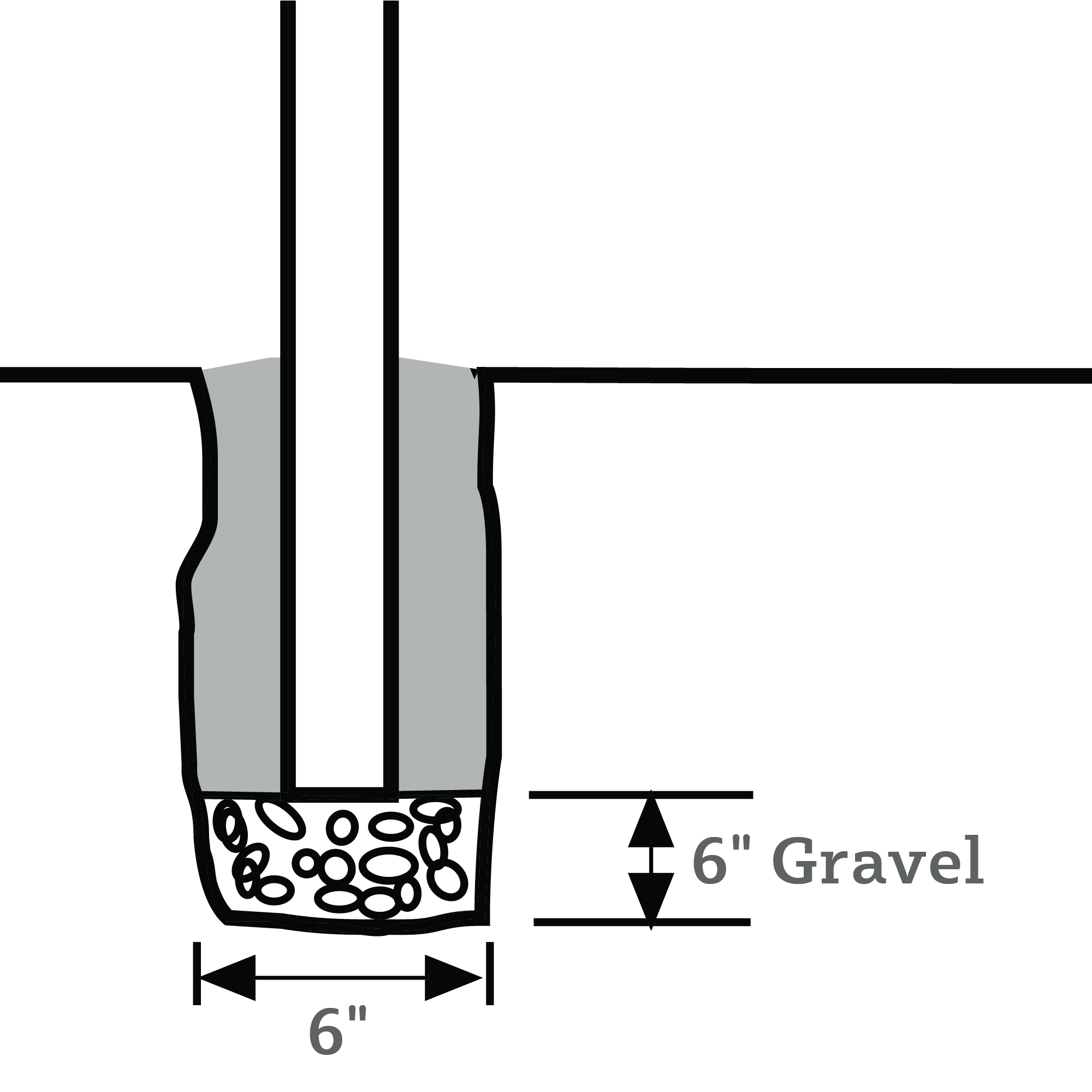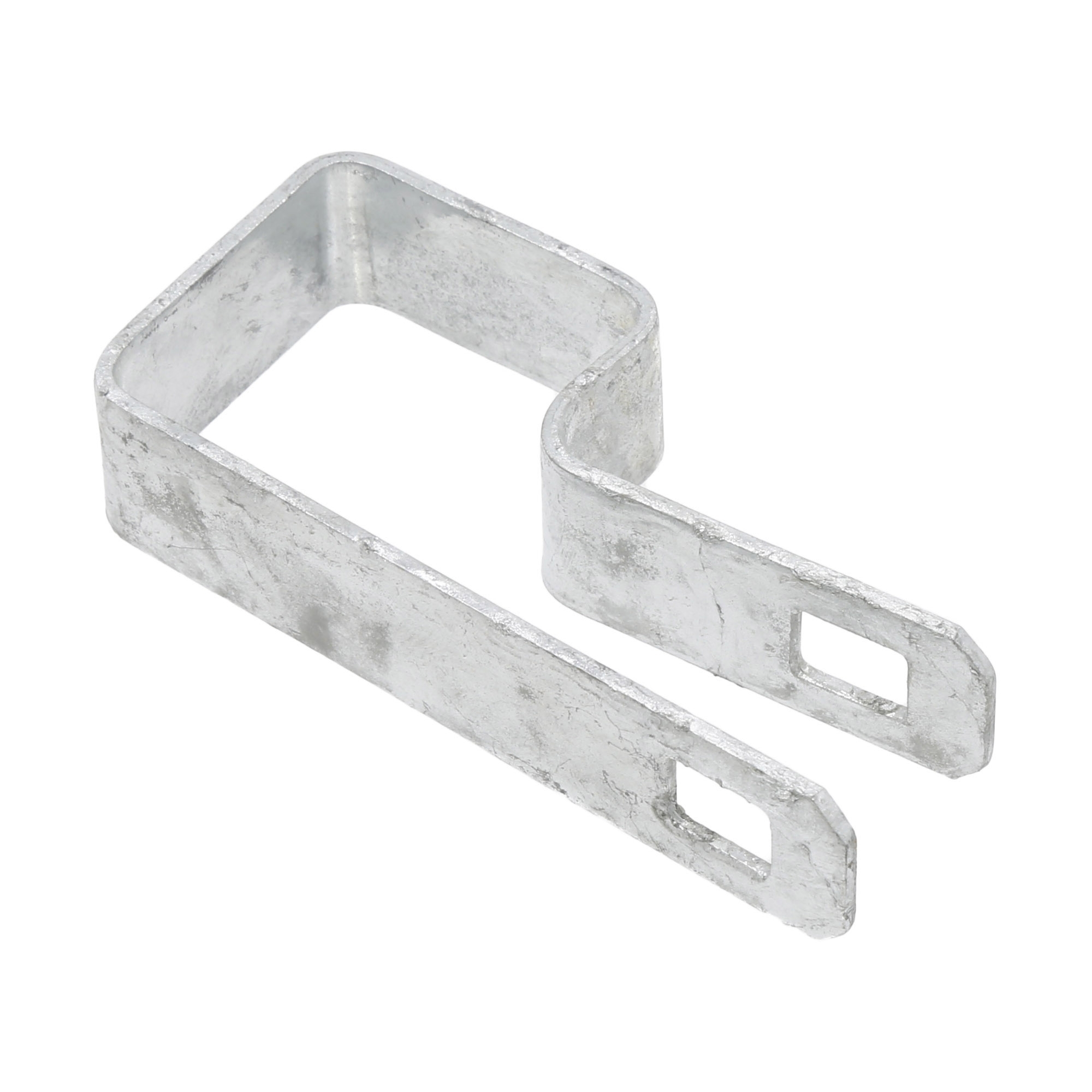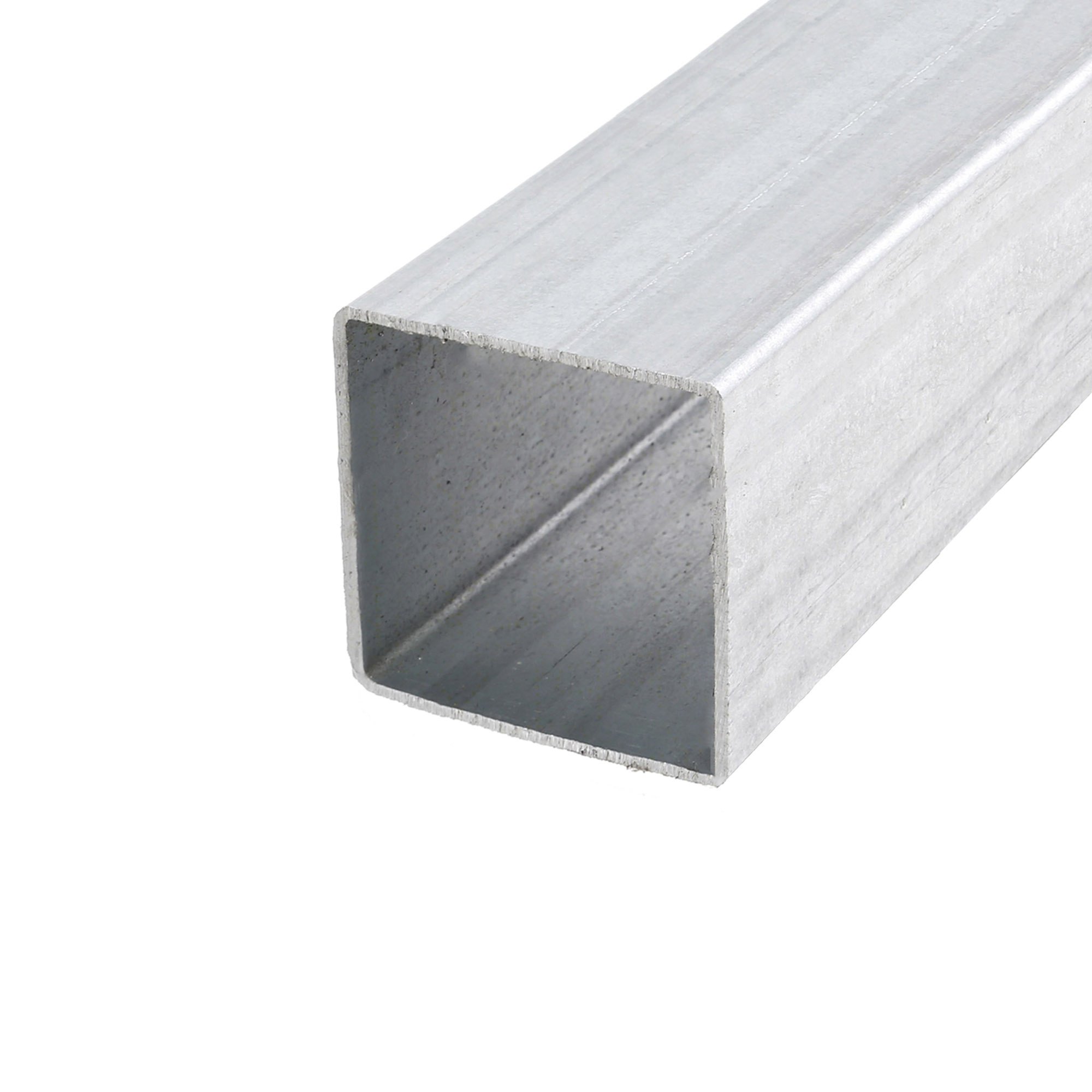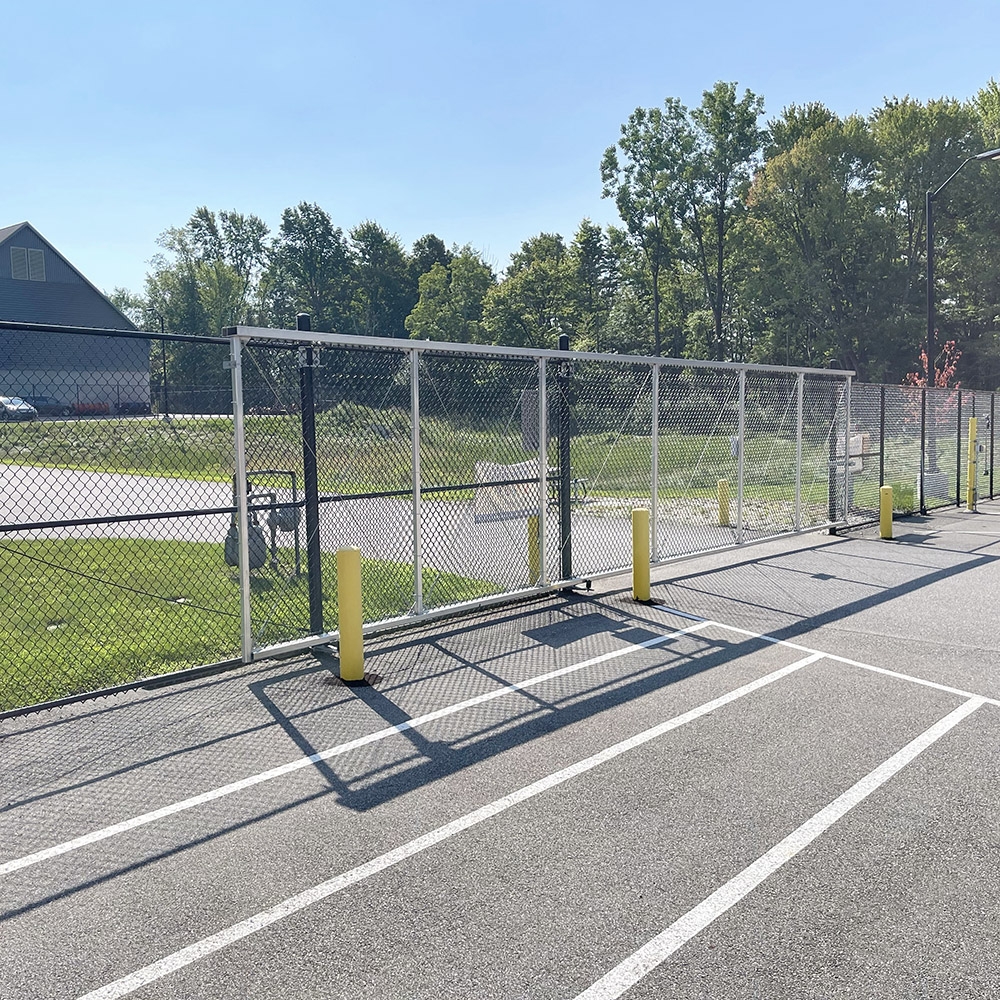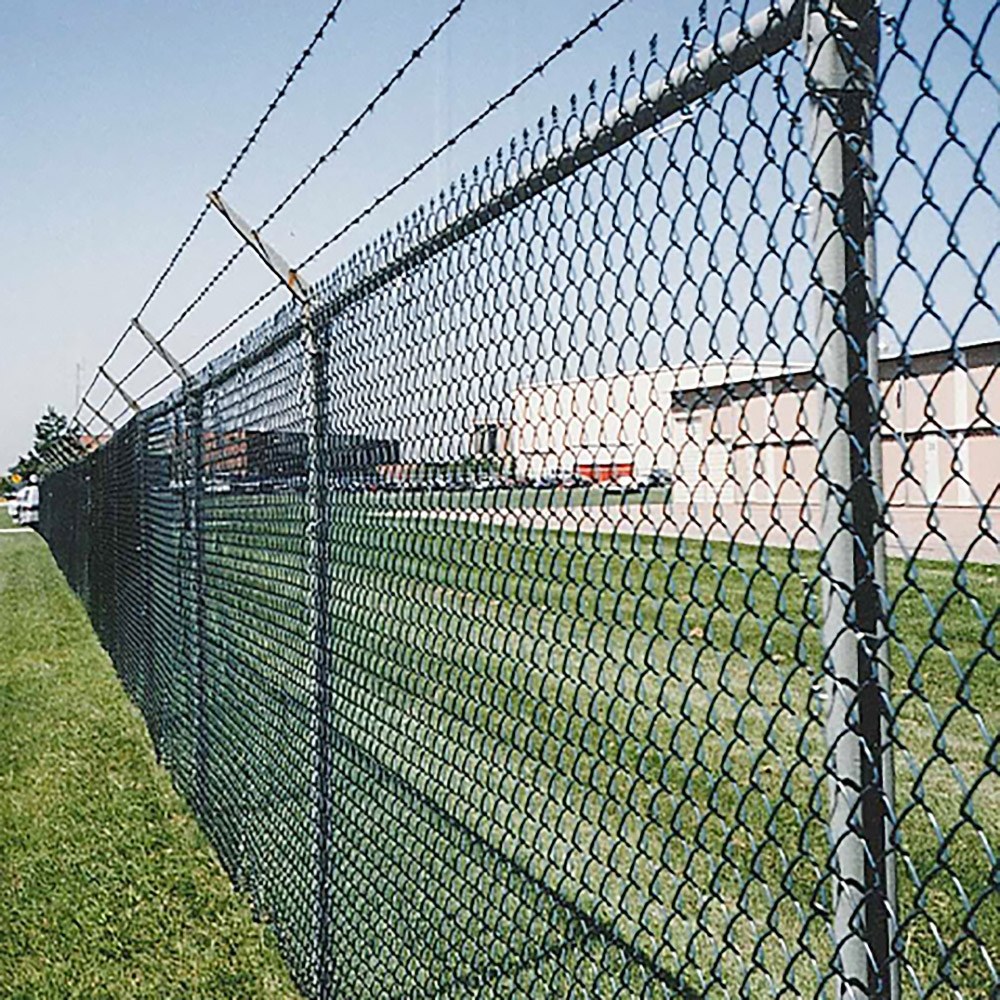Setting Fence Posts Into Concrete
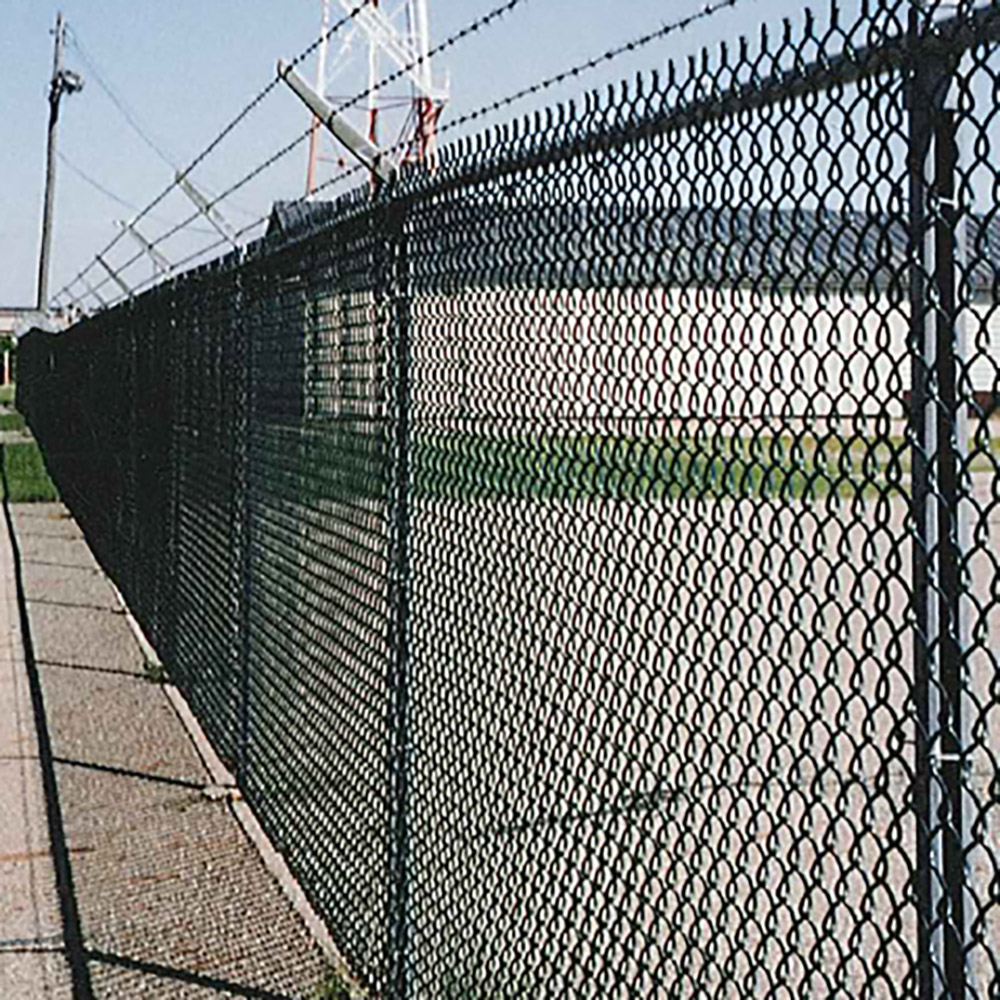
Using concrete to set fence posts is a smart choice that enhances stability, durability, and longevity—especially for metal and wooden fences in high-stress areas like corners and gate posts. While some may opt for alternatives like gravel or packed soil, concrete provides a solid foundation that prevents shifting, sagging, or weakening over time. A properly anchored fence is essential for ensuring it remains upright in all weather conditions, resisting movement from external forces like wind, animals, or general wear and tear. By choosing concrete as the base material, you greatly reduce the likelihood of structural failures, making your fence more reliable and long-lasting.
Why Should You Use Concrete for Setting Fence Posts?
Concrete Provides Added Strength and Stability to Fence Posts
Concrete reinforces fence posts by securing them firmly in place, making it a crucial component for fences that need to withstand significant pressure or force. For example, fences designed to contain livestock must be strong enough to handle the physical impact of animals leaning or pushing against them. Without a solid foundation, fence posts can loosen over time, compromising the entire structure. In areas prone to high winds, concrete provides additional weight and stability, preventing the fence from swaying or toppling during storms. Similarly, for heavy-duty fencing, such as metal or chain link fences, a strong anchoring system is required to prevent bending or shifting. Concrete provides a stable base, ensuring these fences remain upright and secure even in demanding conditions.
Soil Composition Matters When Installing Fence Posts
The type of soil in which a fence is installed plays a significant role in its stability, and in many cases, concrete is necessary to compensate for weaker ground conditions. In loose or sandy soil, posts can shift or tilt over time because the soil lacks the density to hold them firmly in place. This makes it easy for external forces like wind, rain, or pressure from animals or people to gradually loosen the post, weakening the overall fence structure. Clay-rich soil, on the other hand, expands and contracts with moisture levels, which can cause posts to move or even push out of alignment. Concrete helps to mitigate this movement by creating a more stable base that holds the post in place despite the changing soil conditions. In rocky terrain, achieving a firm grip with just the soil alone can be difficult, and concrete provides a way to create a level, uniform foundation, ensuring the fence remains strong and upright regardless of the surrounding landscape.
Metal Fence Posts Require a Stronger Base
Unlike wooden posts, metal fence posts, such as those used for chain link fences, typically have a smaller diameter, meaning they have less surface area for the surrounding soil to grip. Without a strong base, these posts can become loose over time, leading to a weakened fence that may lean, wobble, or collapse. Concrete is the best way to ensure that metal posts remain stable, providing the necessary reinforcement to hold them upright and secure. Additionally, metal posts are often used in fences that require durability and security, such as commercial, industrial, or high-traffic areas. In these cases, a concrete foundation prevents posts from shifting under pressure, extending the lifespan of the fence and reducing maintenance requirements. By using concrete as a base, you maximize the strength and reliability of metal fence posts, ensuring that the fence maintains its intended function for years to come.
How to Set Fence Posts Using Concrete: A Step-by-Step Guide
Step 1: Dig the Post Hole
- Width: Make the hole three times the width of the post. (For example, if using a 2-inch post, dig a 6-inch wide hole.)
- Depth: The hole should be at least 1/3 the total length of the post.
- Example: For a 6-foot-tall fence, dig the hole 2 feet deep to ensure proper stability.
Pro Tip: In colder climates, dig below the frost line to prevent shifting due to freezing and thawing cycles.
Step 2: Add a Gravel Base
- Pour 4 to 6 inches of gravel into the hole to aid drainage and prevent the concrete from directly contacting the soil.
- Use the fence post to tamp down the gravel until it's firmly packed.
Step 3: Insert & Brace the Fence Post
- Position the post in the center of the hole.
- Use stakes and braces to hold the post level and plumb (straight from all angles).
Pro Tip: Double-check the alignment with a level before pouring concrete.
Step 4: Mix & Pour the Concrete
- If using fast-setting concrete, pour the dry mix directly into the hole.
- Add the recommended amount of water (typically 1 gallon per 50-pound bag) over the dry concrete.
- Allow the concrete to soak and set—no need for mixing.
Optional: Some people choose to add a layer of soil or sealant on top of the concrete after it cures for a more natural look.
Step 5: Allow the Concrete to Set
- Fast-setting concrete typically hardens in 20–40 minutes, but allow at least 4–6 hours before attaching fencing.
- For standard concrete, let it cure for 24–48 hours before applying pressure or adding fence panels.
Pro Tip: Avoid disturbing the posts while the concrete is drying to ensure a firm set.
Frequently Asked Questions About Installing Fence Posts in Concrete
1. Why Is Concrete the Best Option for Setting Fence Posts?
Concrete provides the strongest and most durable foundation for fence posts, ensuring they remain stable and upright over time. Unlike gravel or packed soil, which can shift or settle, concrete creates a solid base that prevents movement caused by wind, pressure, or changing ground conditions. This is especially important for fences that need to withstand heavy use, such as livestock enclosures, privacy fences, or security barriers. By using concrete, you reduce the risk of leaning, tilting, or post failure, ultimately extending the lifespan of your fence.
2. How Deep Should Fence Posts Be Set in Concrete?
Fence posts should be set at a depth that is at least one-third of their total length to ensure proper stability. For example, if you are installing a 6-foot fence, the post should be buried at least 2 feet into the ground. In areas with high winds, loose soil, or extreme weather conditions, it may be beneficial to go even deeper. Additionally, digging below the frost line is recommended in colder climates to prevent ground movement from freezing and thawing cycles.
3. Do I Need to Mix the Concrete Before Pouring It Into the Hole?
If you are using a fast-setting concrete mix, you typically do not need to pre-mix it before pouring. Instead, you can pour the dry concrete directly into the hole around the post and then add water according to the manufacturer's instructions. The concrete will absorb the water and begin setting on its own, making the installation process quicker and more efficient. However, for standard concrete mixes, you may need to mix the concrete with water in a separate container before pouring it into the hole.
4. How Long Does It Take for Concrete to Set Before Attaching Fence Panels?
The setting time for concrete depends on the type of mix used and the weather conditions. Fast-setting concrete typically hardens within 20 to 40 minutes, allowing for quicker fence installation. However, it is still recommended to wait at least 4 to 6 hours before applying any pressure or attaching fence panels. For standard concrete mixes, you should allow at least 24 to 48 hours for the concrete to fully cure before proceeding with the rest of the fence installation.
5. Should I Use Gravel at the Bottom of the Post Hole?
Adding a layer of gravel at the bottom of the post hole is highly recommended, especially in areas with poor drainage. A 4 to 6-inch layer of gravel creates a barrier between the concrete and the soil, helping to improve drainage and reduce the risk of post rot in wooden fences. It also helps distribute weight more evenly, preventing the post from sinking or shifting over time. In sandy or loose soil, gravel can provide additional stability, ensuring that the concrete sets properly and remains secure for years to come.
Contact Us
Using concrete to set your fence posts is the best way to ensure long-term stability, durability, and resistance to shifting. Whether you're installing a wooden fence, a chain link enclosure, or a heavy-duty security fence, a solid concrete foundation will keep your posts strong and upright for years to come. Our high-quality concrete mixes, fence post bracing solutions, and expert installation tips can help you build a fence that stands the test of time. If you're unsure about the best concrete type, post size, or installation method for your specific fencing project, our knowledgeable team is ready to assist you. Contact us today for expert advice and to find the best materials for securing your fence posts with confidence!
Contact Us Shop All Square Fence Tubing
